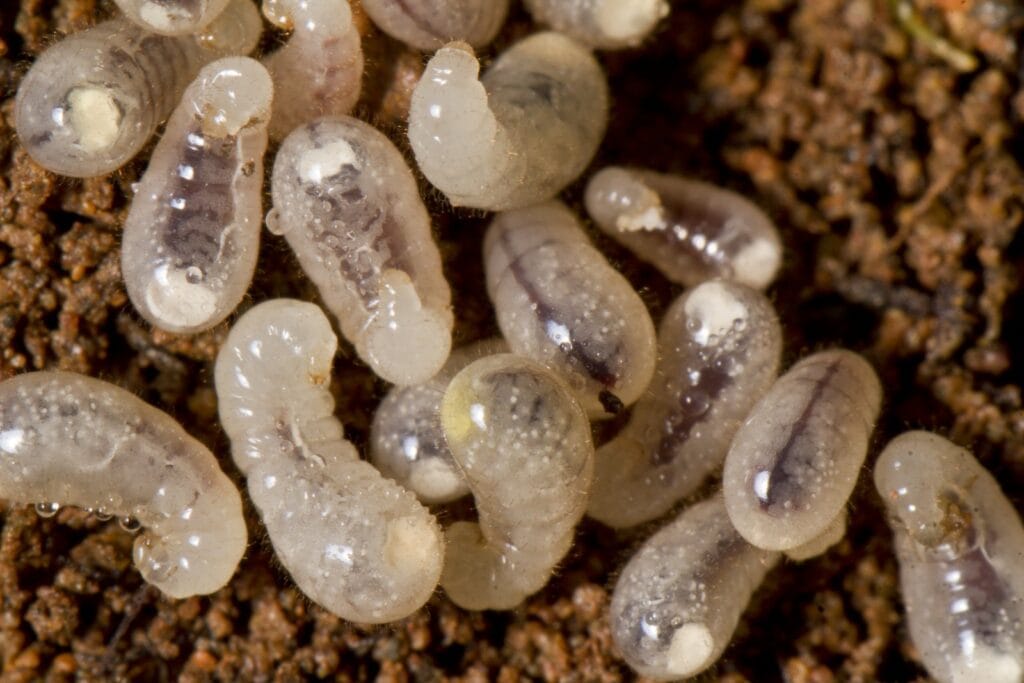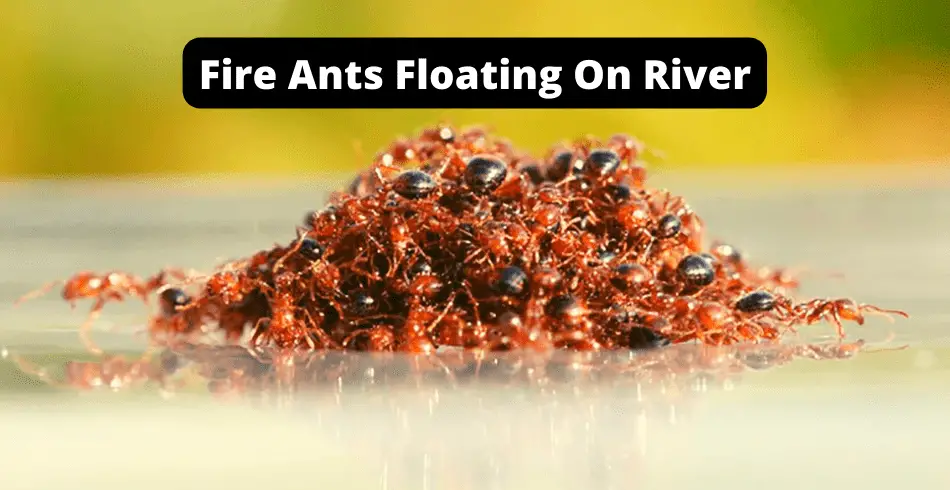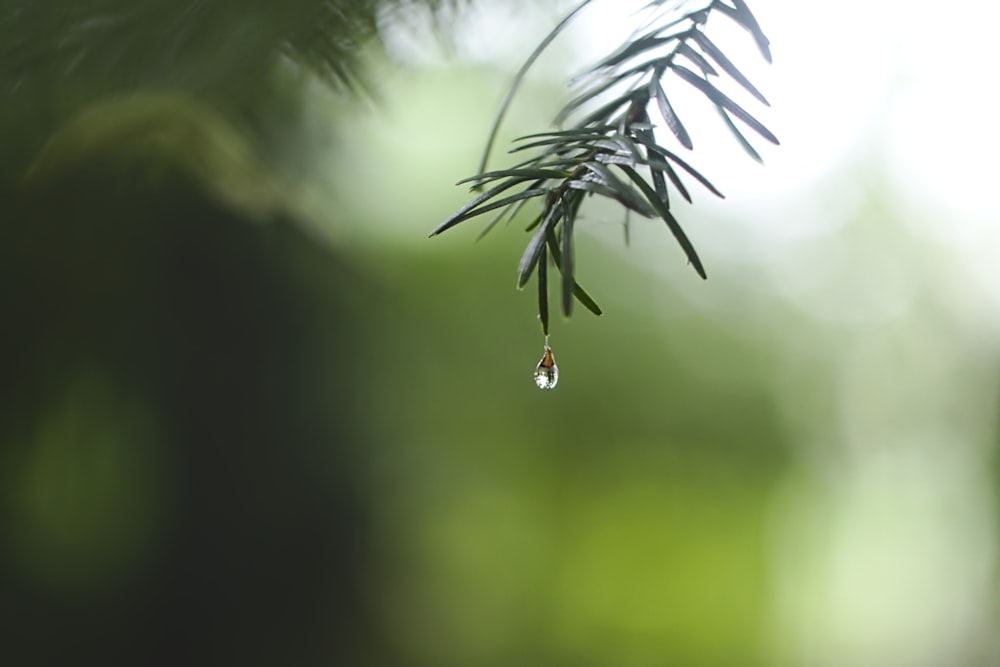No one likes getting caught in the rain, especially ants. Have you ever wondered how these little creatures manage to survive when the heavens open?
Don’t worry, we found it. In this article, you’ll learn
- if ants die in a flood
- how do their anthills survive the rain
- How ants survive the rain
- Where do ants go during the rain
- …and so much more
Make sure to bring your rain jacket!
Do ants die in a flood?
Ants die in floods just like any other creature would. However, they can hold their breath for a very long time, so they may be able to survive for a while if they are caught in rising waters. If an ant is submerged, it will eventually drown unless it can find a way to get back to the surface.
An overwhelmed colony can also be killed off by flooding.
If an ant nest entrance is flooded, the water will likely damage the eggs and drown the larvae.
The worker ants will try to carry the young to safety, but if the flood is too severe, they will not be able to save them all.
A single colony can lose most of its population to a flood.

How Do Anthills Survive the Rain?
Anthills are able to withstand heavy rains due to their design and structure. The most important factor is the location of the nest. Ant hills are usually built-in high, dry areas that are not flooded during rain.
The sides of the anthill are also very important in protecting the colony from the rain.
They are made of waterproof materials that do not allow water to seep through.
The mound’s cone shape repels the water away, keeping the nest dry and free from flooding.
The sand they use to build the mound dries quickly after the rains stop.
If rainwater seeps into the nest, the tunnels and chambers are designed to allow the water to drain out quickly.
This helps to prevent the colony from being drowned by floodwaters.
Water would pass through the nest without an anthill on top of the nest.
How Do Ants Survive Rain?
Ants can survive rain due to their ability to hold their breath for a very long time, their nests being located in high, dry areas, and by waterproofing the walls of their nests. They are safe from drowning, and the risk of their colony being killed off by a flood is greatly reduced.
If submerged, ants can hold their breath for about 15 minutes before suffocating, enabling them to survive most rainstorms.
Ants usually live in nests with a complex system of drainage tunnels and chambers.
If water seeps into the nest, the passageways and chambers are designed to allow the water to drain out quickly.
There are also special chambers that water doesn’t find a way to, allowing air pockets within the system that make the ants have continuous access to air.
Ants escape to dry areas, including your home, to avoid being submerged in water.
That is why you see so many ants in your house on a rainy day.
Where Do Ants Go During a Rain?
When it rains, ants go underground, typically into their nests. Some ants build their nests above ground. However, these ants will seek out any cracks or crevices they can find to protect themselves from the rain. They often go into trees, under leaves, or logs to stay dry.
Typically, ants do not like being out in the rain and will only venture out if they have to.
If ants are caught outside in the rain, they will try to find shelter as quickly as possible to avoid being drowned or swept away by floodwaters.
While ants can withstand rains, they are not able to survive being submerged in water for an extended period of time.
If an ant is soaked in water, it will eventually drown unless it can find a way to get back to the surface.
Therefore, ants will often try to find higher ground or a dry place during rainfall to keep dry and safe.

Can ants detect rain before it arrives?
Some ants can detect rain before it arrives. They do this by sensing changes in barometric pressure. When the pressure drops, it means that a storm is coming. The ants will then prepare for the rain by going into their nests and sealing off the entrance.
Not all ants can detect rain before it arrives.
Some of these small creatures only become aware of the rain when it starts to fall.
These ants will try to find shelter as quickly as possible to avoid being drowned or swept away by floodwaters.
Either way, an ant’s ability to detect rain before it arrives can help to keep the colony safe from the dangers of flooding.
The behavioral changes the ants tend to exhibit when they sense a change in barometric pressure can help save their lives and keep their colony alive during a flood.
Are ants affected by rain?
Rain can drown, sweep away, and disorient ants. Also, rain can destroy the ants’ food and wash away the scent trails used to communicate. Therefore, ants will typically do everything possible to avoid rain, which seriously threatens their survival.
While ants are not typically affected by short showers, prolonged rain can be disastrous.
A few species of ants have adapted to live in wet conditions, but they are the exception rather than the rule.
For example, the Indian weaver ant is known to build ant mounds in damp and humid environments.
Additionally, this species of ant has a waterproof exoskeleton that helps protect it from the rain.
Generally, though, ants are not well-suited to living in wet conditions.
If an ant colony is located in an area prone to flooding, the ants will typically try to relocate to a new place.
How do ants survive heavy rain?
Ants survive heavy rain by using their exoskeleton to repel water and their ability to float. Also, they escape the rain by finding shelter in underground nests or in trees. They will form a ball to protect the queen and themselves if overwhelmed.
In floods, some, like fire ants, float because of their light bodies.
They can also paddle with their legs to help them stay afloat.
Some types of ants create rafts made out of their bodies to help keep the colony safe.

Ants are tiny in size and too light to break the surface tension of water.
While most cannot swim, ants can walk on water for long periods.
This allows them to pull through in floodwaters until they find a way to safety.
During floods, ants form a protective ball around the queen to protect her.
The ball would have all the layers of ants facing outwards with their mandibles open, creating a line of defense against any outside threats around their nests.
The air-tight seal around the queen and the rest of the colony is unique, as water cannot penetrate the worker-made outer layer.
This way, the queen ant would be protected from the floods and would be able to survive until the rain has calmed.

What do ants do on rainy days?
Ants try to avoid being caught in the rain. They will find the nearest shelter underground or in trees to escape the weather. Ants also spend their time on rainy days collecting food and preparing for the next storm to avoid disaster.
Ants are very active on rainy days.
While they may not be collecting food, they are still working to keep their colony safe and thriving.
By gathering food and supplies, they help to ensure that their colony will be able to survive even if the rains are severe.
Also, building new underground forts or nests in high places can help protect their homes from flooding.
Ants also seal off their nests to keep out water and moisture.
Well, Ants aren’t scared of the rain
Ants have a variety of ingenious ways of surviving rain.
From forming balls around the queen to seeking shelter, they have evolved to be able to withstand heavy rainfall.
So next time it rains, take a moment to appreciate the hardworking ants that are busy keeping their colony alive.





